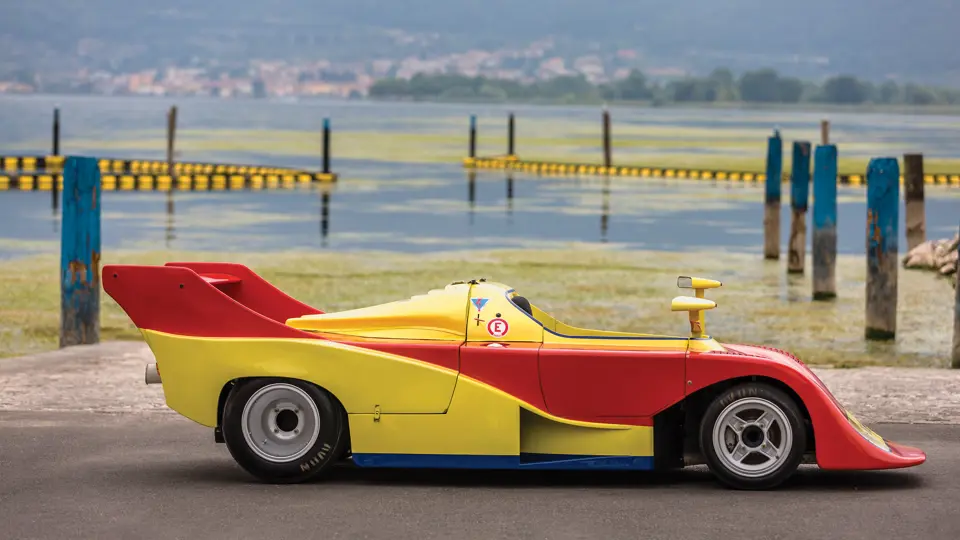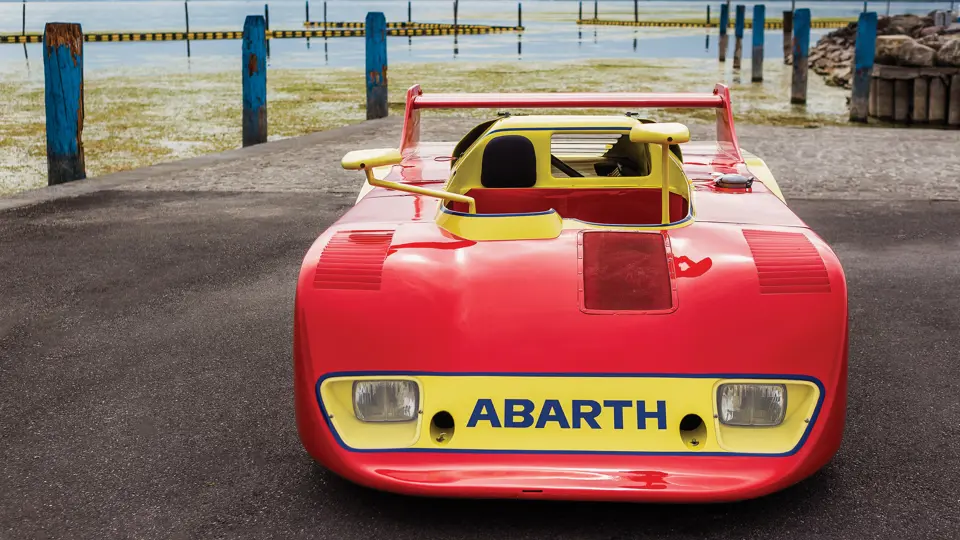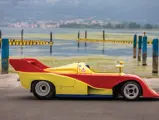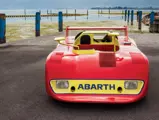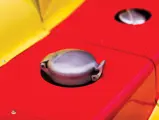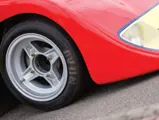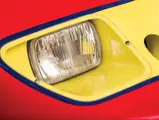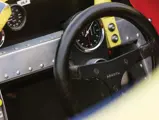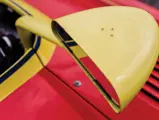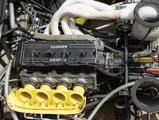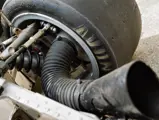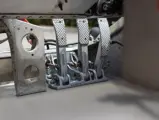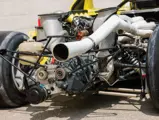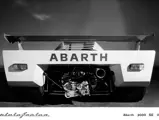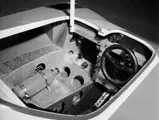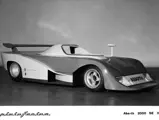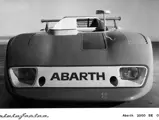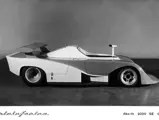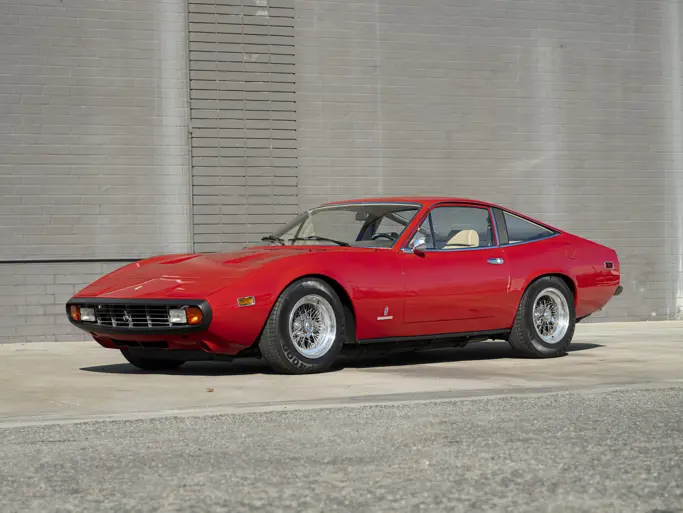280 bhp, 1,986 cc DOHC 16-valve inline four-cylinder engine with Lucas indirect fuel injection, Hewland FG400 five-speed manual transmission, monocoque chassis, front and rear independent suspension with trailing arms, stabiliser bars, and coil springs with hydraulic dampers, and four-wheel hydraulic disc brakes. Weight: 575 kg. Wheelbase: 2,300 mm
The SE 027 was a wholly new project that had been developed at Corso Marche and was designed by Mario Colucci, with the support of Carlo Abarth himself. The 2.0-litre sport prototype was clothed in a lightweight fibreglass body that was designed in conjunction with Pininfarina at their newly built wind tunnel facility. That research and testing led to the more curvilinear shape of the SE 027, compared to the harder-edged, wedge-shaped designs of the past. The front end of the new Abarth prototype featured a short overhang that sloped dramatically upwards over fared-in rectangular headlamps and led to a broad, flat tail end mounted with a large wing. The elaborate side profile featured large NACA ducts on either side that directed air into the engine compartment.
Beneath the svelte aerodynamic bodywork, the latest evolution of Abarth’s inline four-cylinder was mounted just behind the cockpit. The 1,986-cubic centimetre engine featured Lucas indirect fuel injection and was mated to a Hewland FG400 five-speed gearbox. Output of the Abarth powerplant was a healthy 280 brake horsepower at 9,000 rpm. Overall, the car weighed in at only 575 kilograms, allowing for an impressive top speed of 318 km/h.
This SE 027, chassis number 001, was the first of three examples built. It made its official debut at the Geneva Motor Show on 14 March 1974, where it was displayed on the Pininfarina stand to demonstrate their advanced engineering and aerodynamics. Carlo Abarth was then given the responsibility of testing his new sport prototype, which took place at Campo Volo in Turin, Italy, and then further testing occurred at the Misano race track later in March. In late autumn of that year, a second version of the SE 027 was built, which featured an inline six-cylinder engine and a slightly longer wheelbase. Unfortunately, by the end of the year, and after a great deal of time and money had been invested, further development of the SE 027 was abandoned, and the program was ultimately cancelled before this car ever saw a day in competition.
As development had ended, Abarth sold this car to Mr Chiavacci in 1976, along with the second SE 027, which he avidly raced between 1977 and 1981. Chassis number 001 was never raced in period, and it was ultimately sold to a gentleman in California in the 1980s. At some point, the car returned to Italy, where it has remained ever since.
Unique in its own right, this SE 027 sport prototype represents a fascinating collaboration between Abarth and Pininfarina, and it would surely make for an exciting ride at any eligible historic racing events.




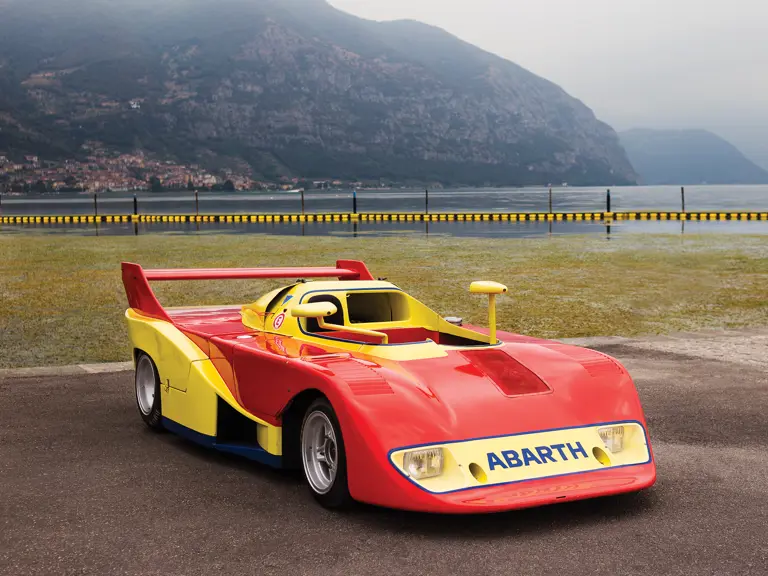
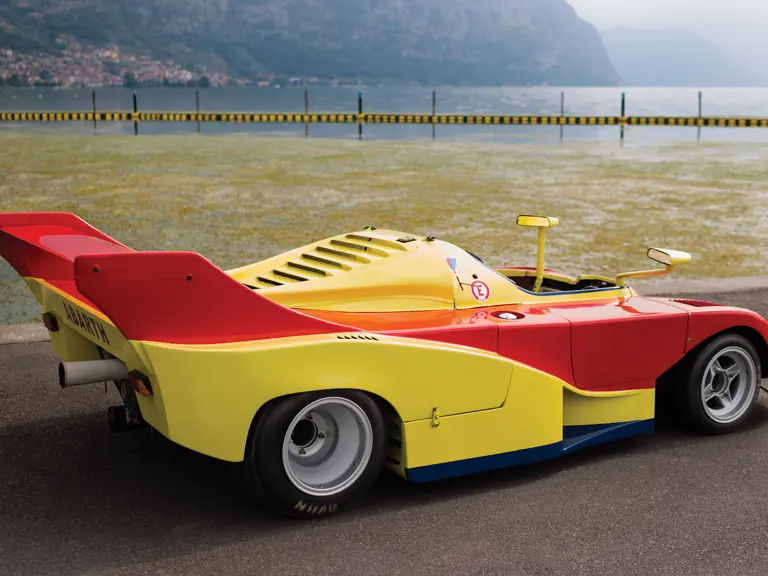
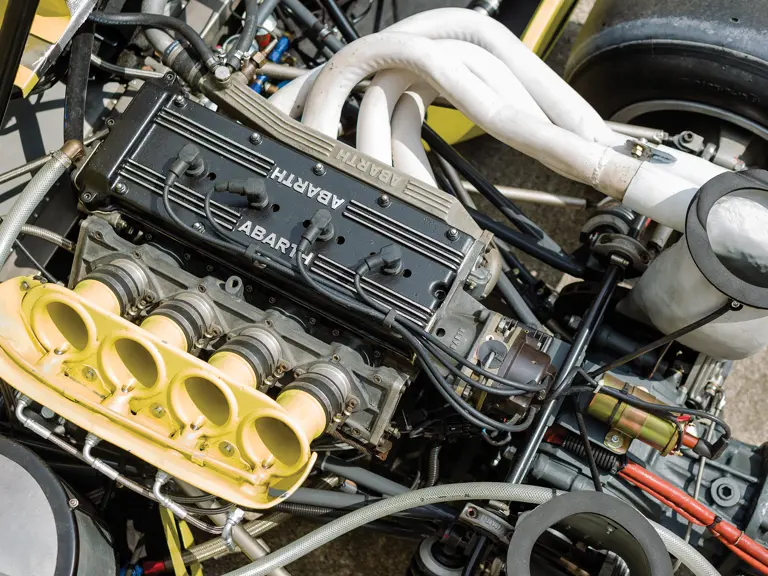
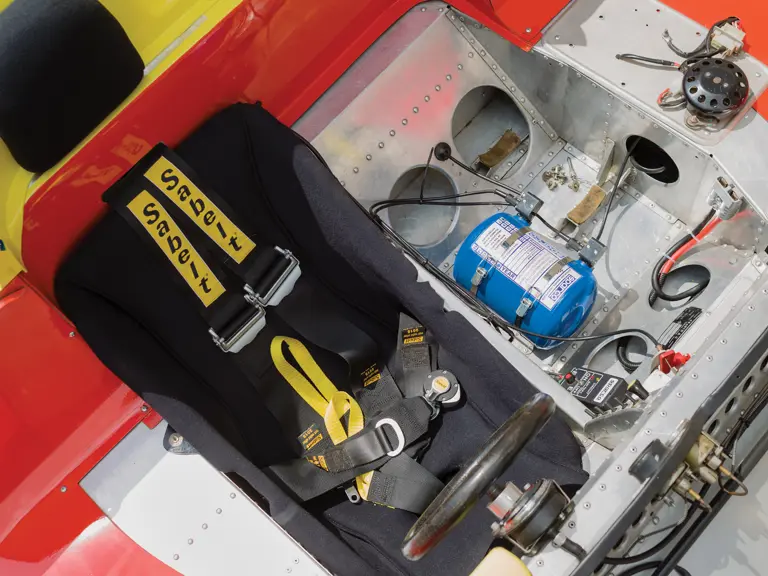
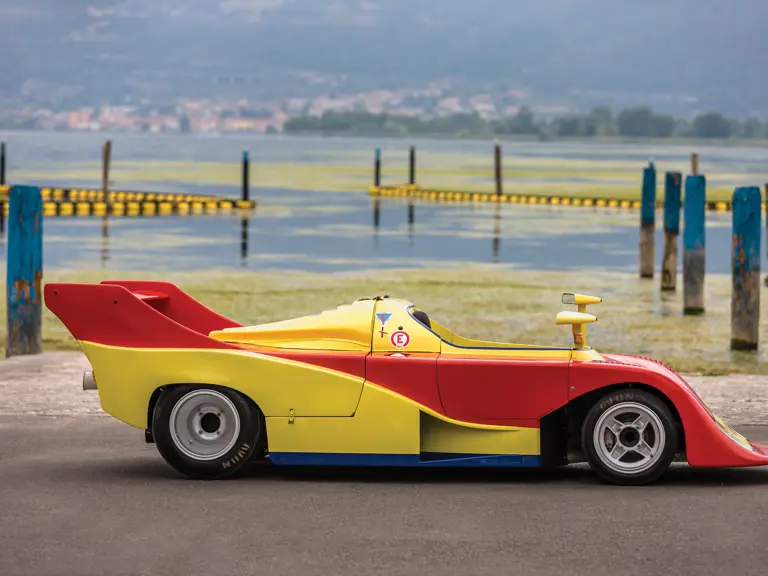
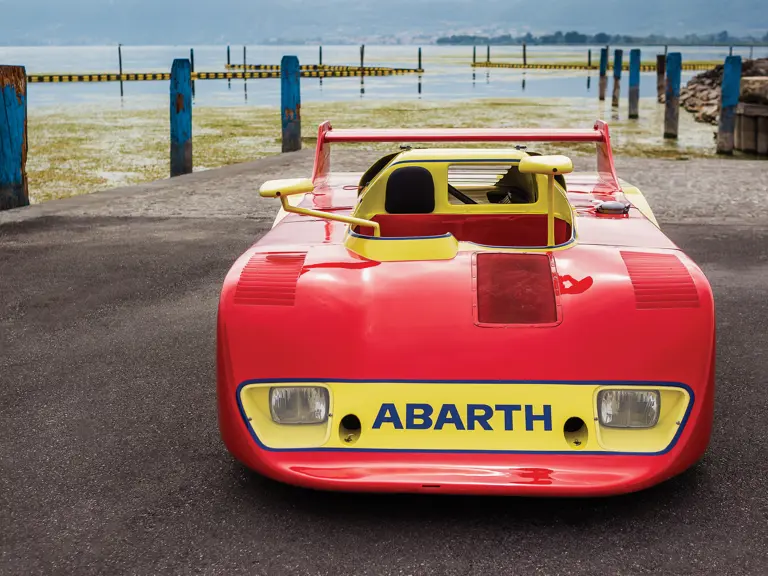


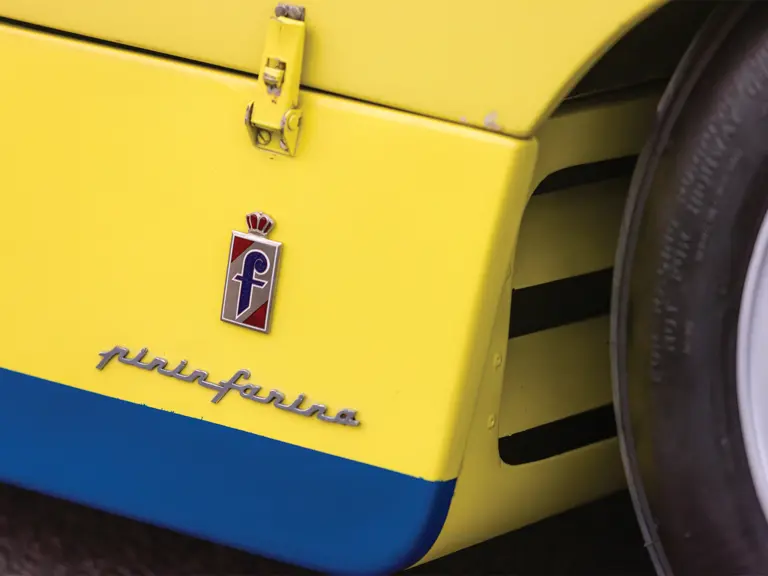
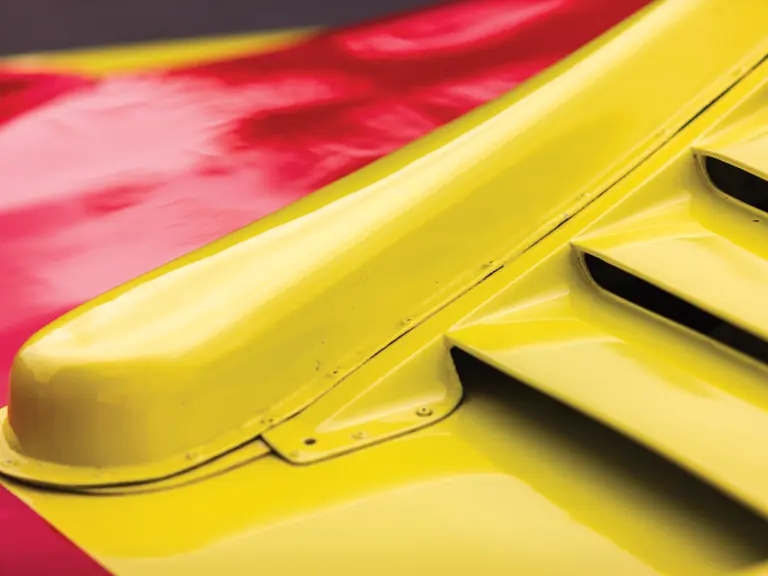
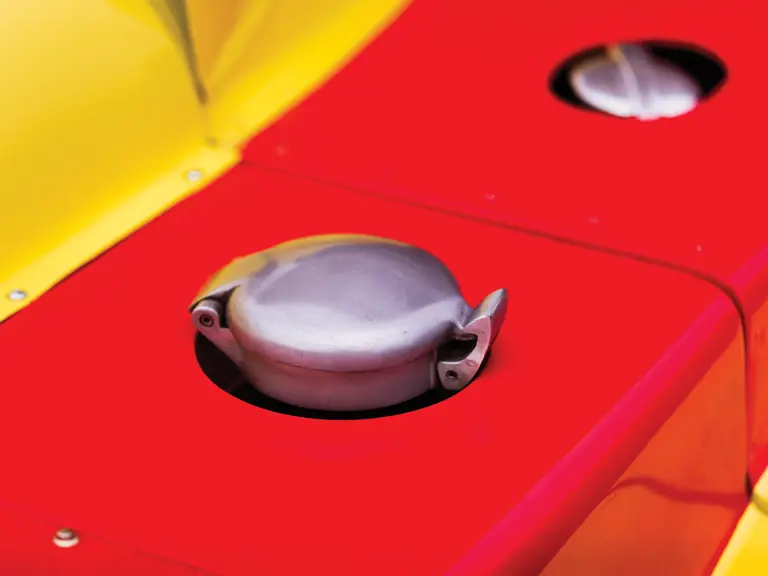

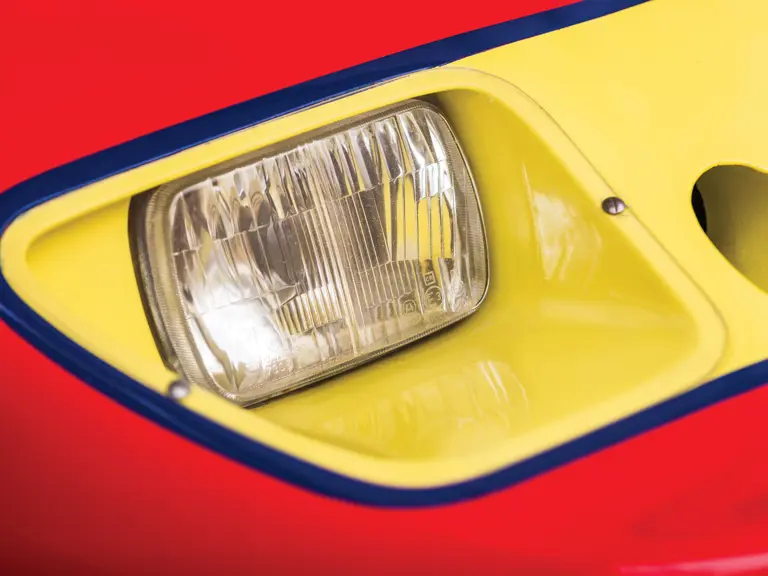
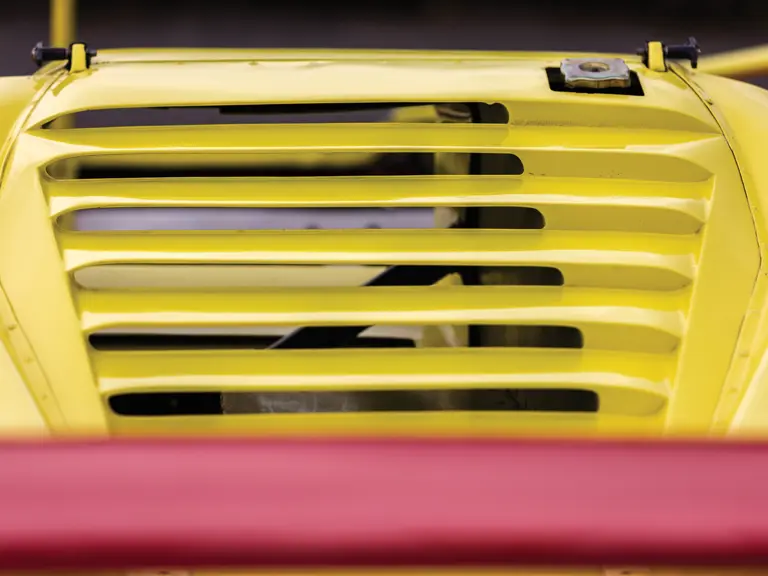
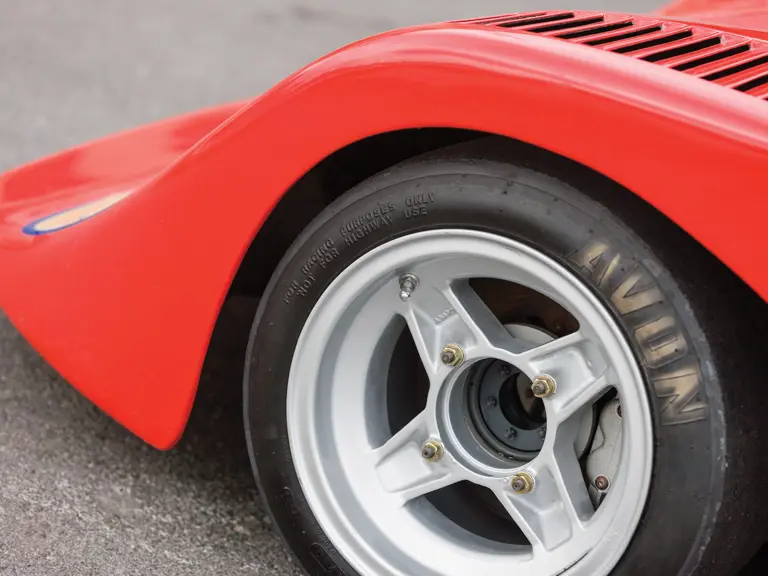
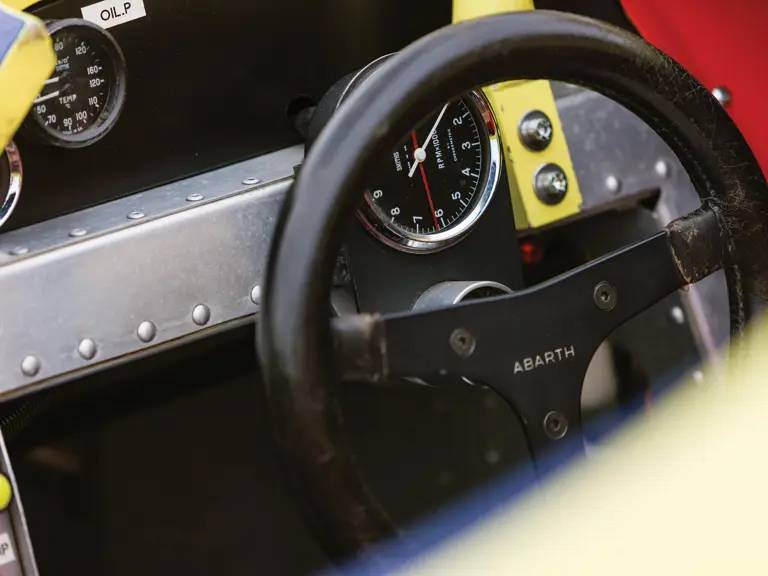
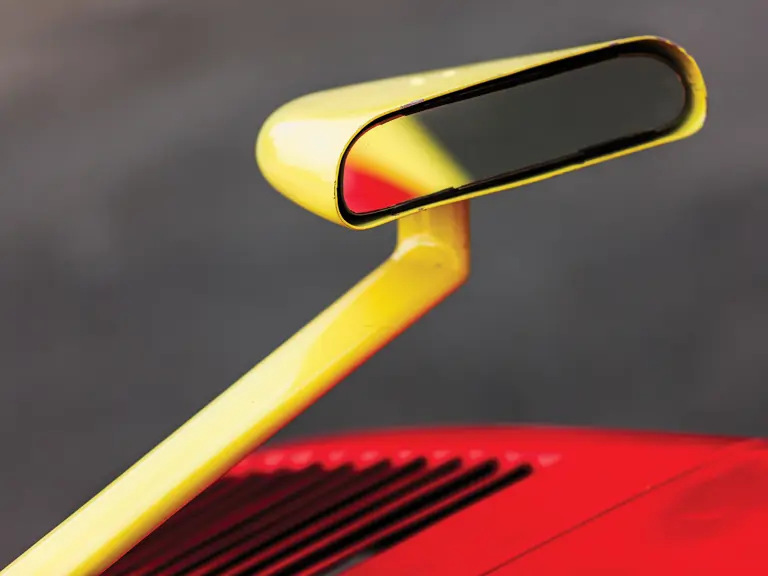


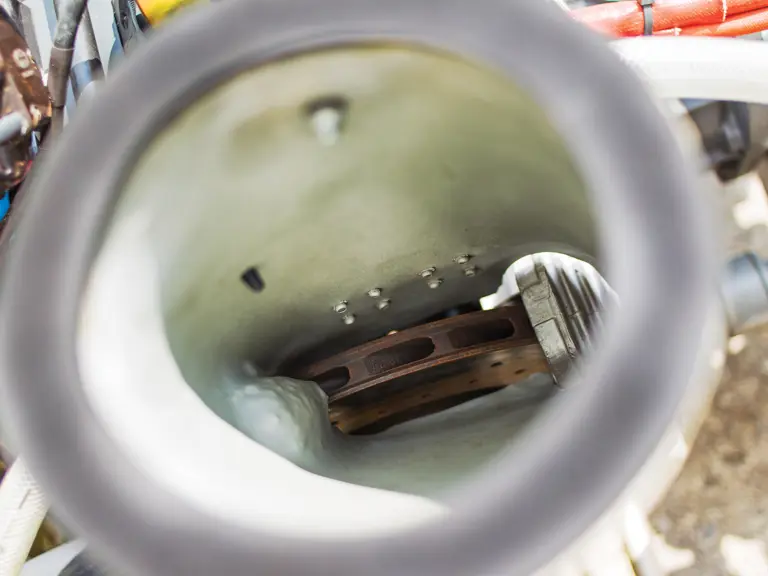


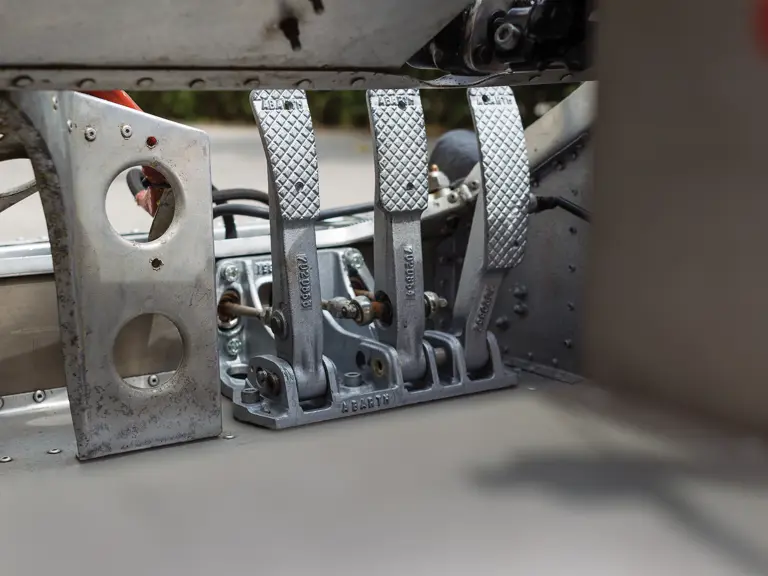
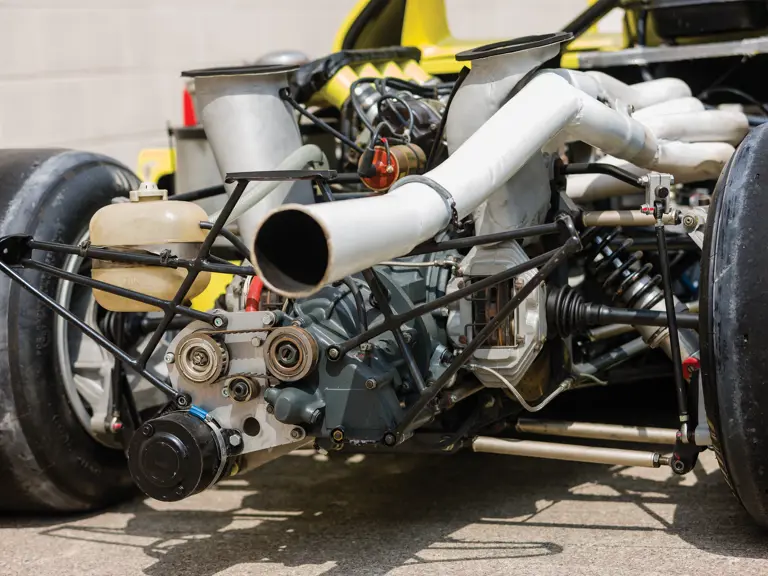
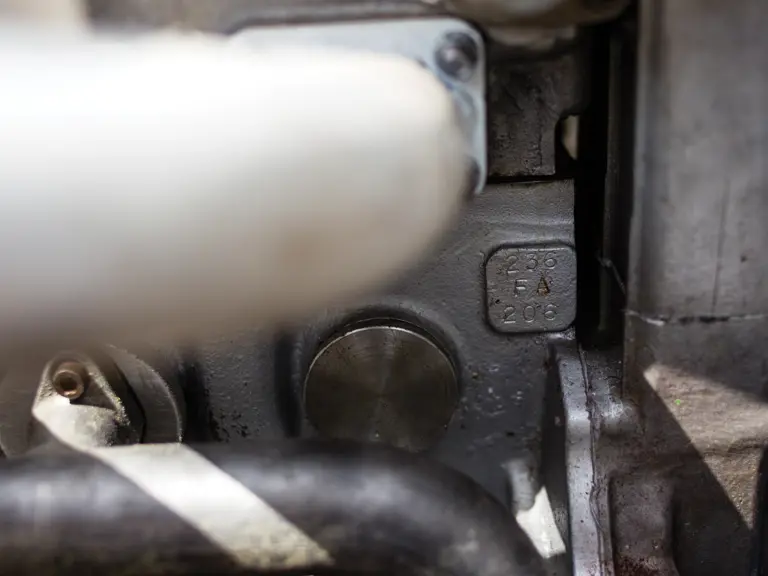
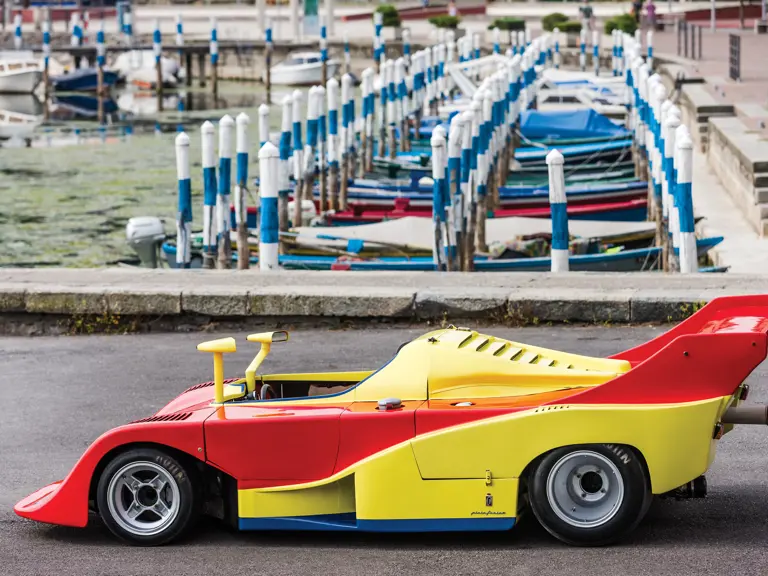
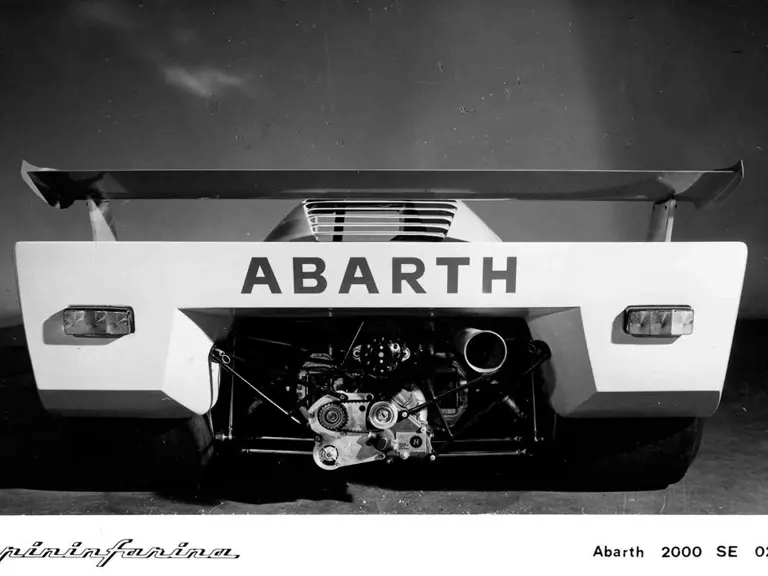
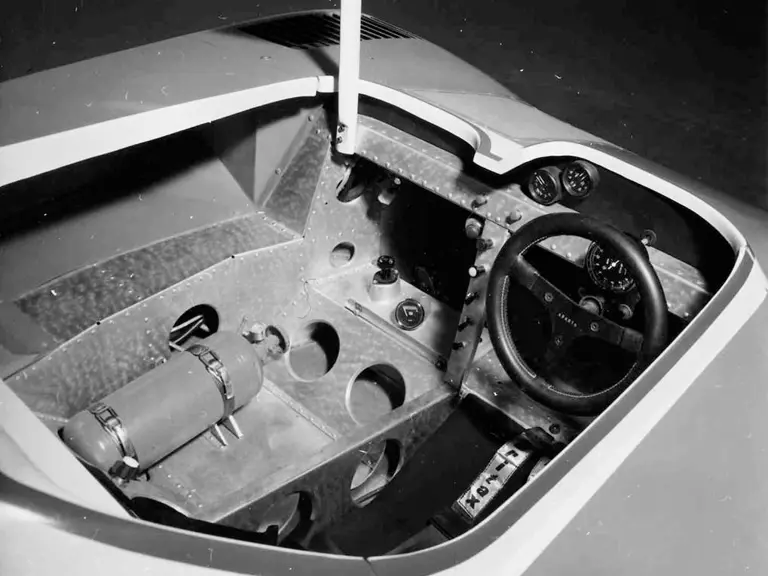

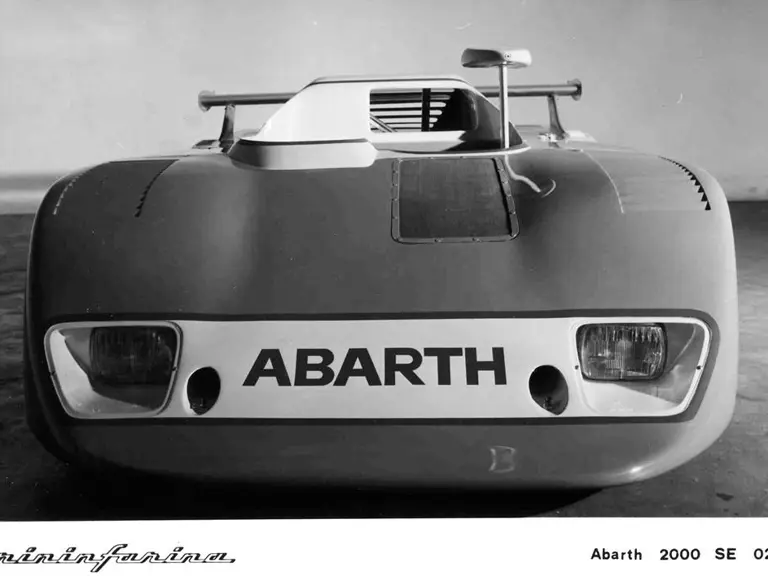


 | London, United Kingdom
| London, United Kingdom
